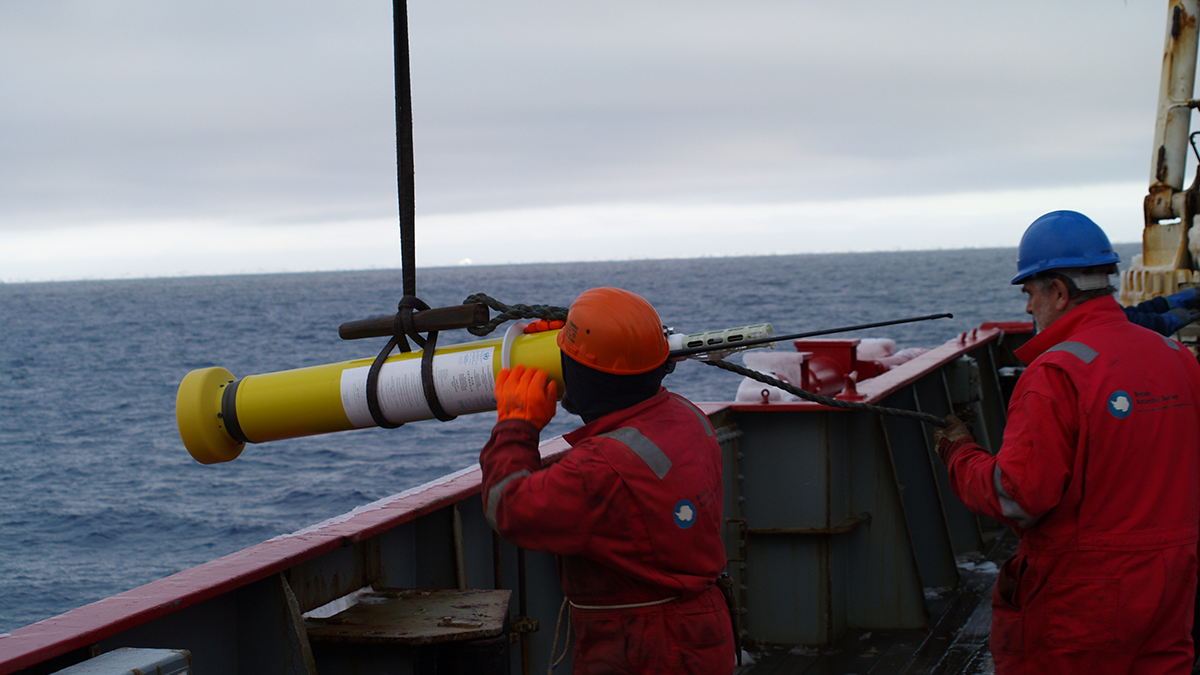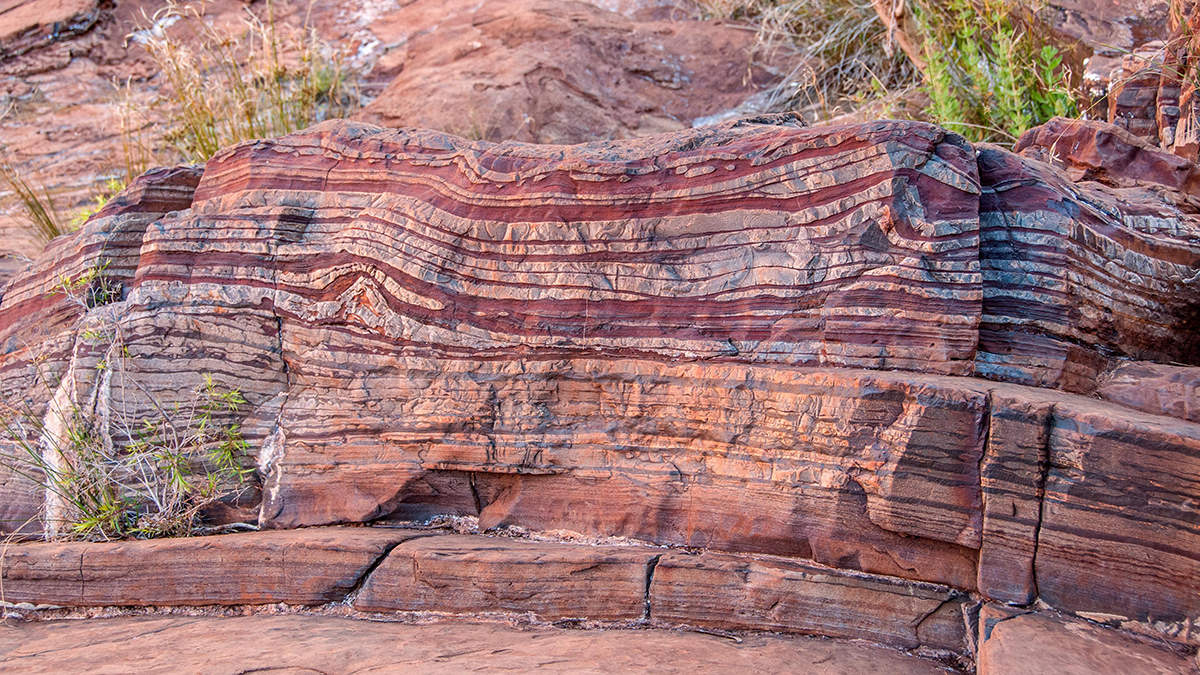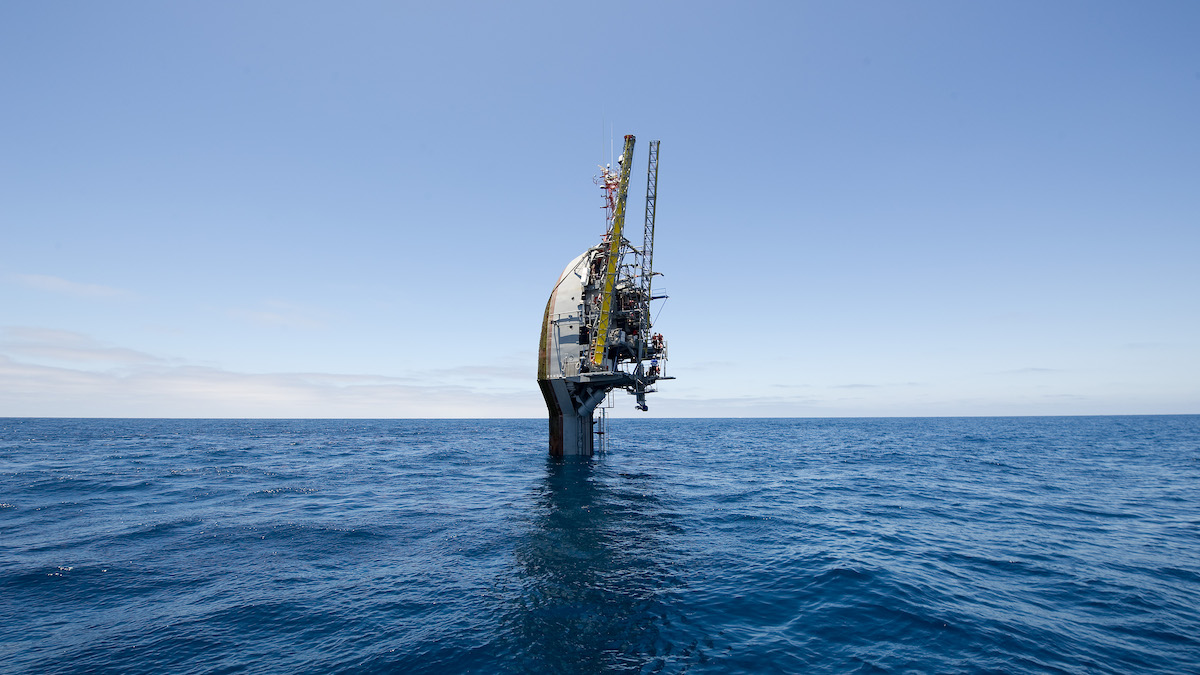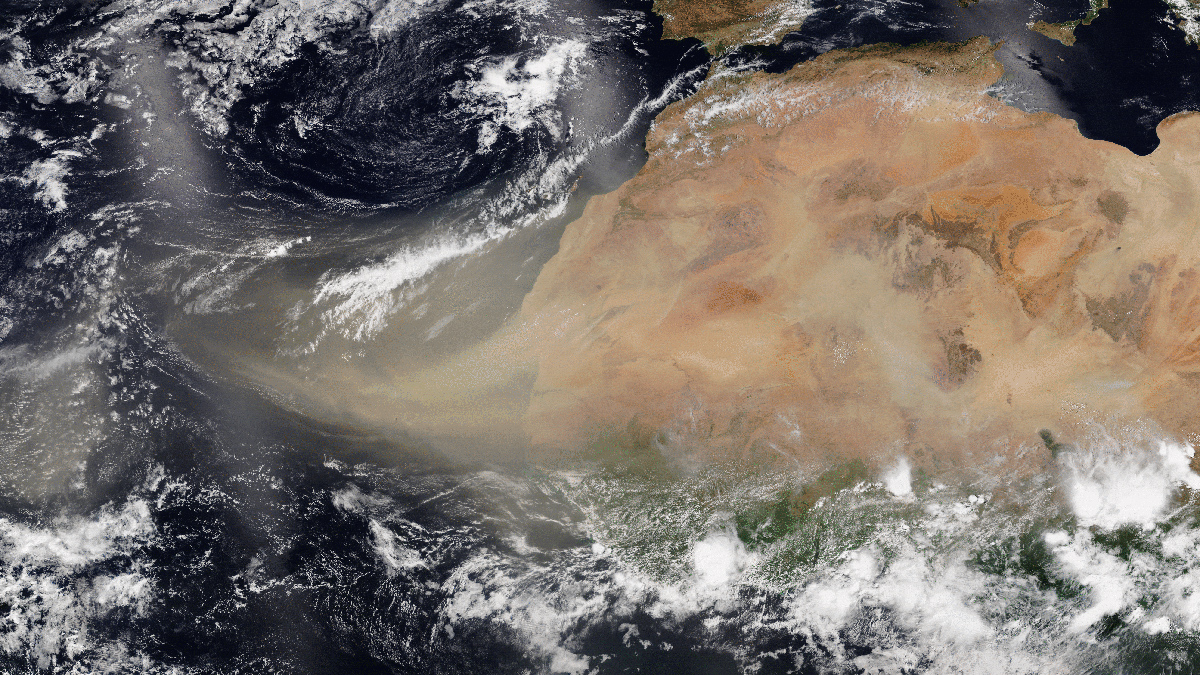Global ocean salinity products have become increasingly inconsistent since 2015, coinciding with a drift to higher salinity values in a number of Argo sensors.
Oceans
The Arctic’s Uncertain Future
Over the next century, the Arctic will change and look much different than it does today. Just how different is still unknown.
Bacteria Battled for Iron in Earth’s Early Oceans
Billions of years ago, iron-oxidizing microbes may have competed for dissolved iron in the ocean, with some strains producing toxic gases that smothered their rivals.
Beneficios de empoderar al profesorado de geociencias de colegios comunitarios
Crear colaboraciones y espacios hechos para el profesorado de colegios comunitarios puede mejorar su percepción de cómo encajan en la comunidad geocientífica y potenciar aún más la diversidad en la disciplina.
Flipping Ship FLIP Freed from Fateful Trip
A beloved research vessel will have a second career after an underwater technology company saved it from the scrapyard.
理解区域海平面上升的途径
更精细分辨率的模型,以及对大陆架-海洋过程的更好理解,是理解不同的海岸将如何受到海平面上升、极端风暴潮和海浪影响的关键。
Las olas de calor marinas incrementan la probabilidad de intensificación de las tormentas tropicales
La probabilidad de que los huracanes experimenten una intensificación rápida aumenta en un 50% durante las olas de calor marinas que se desarrollan en el Golfo de México y en la región noroeste del Mar Caribe.
Saharan Dust Carries Iron That Feeds Life in the Distant Ocean
A new study of seafloor sediments suggests reactions in the atmosphere convert dust-borne iron into forms more readily taken up by phytoplankton.
Sedimentos Caribenhos Rastreados até o Terremoto e Tsunami Português de 1755
Arqueólogos escavando na Martinica encontraram por acaso o primeiro depósito de tsunami do terremoto encontrado no Novo Mundo. Ao que parece, o tsunami deixou um forte rastro, pois a onda passou por cima de um rio.










